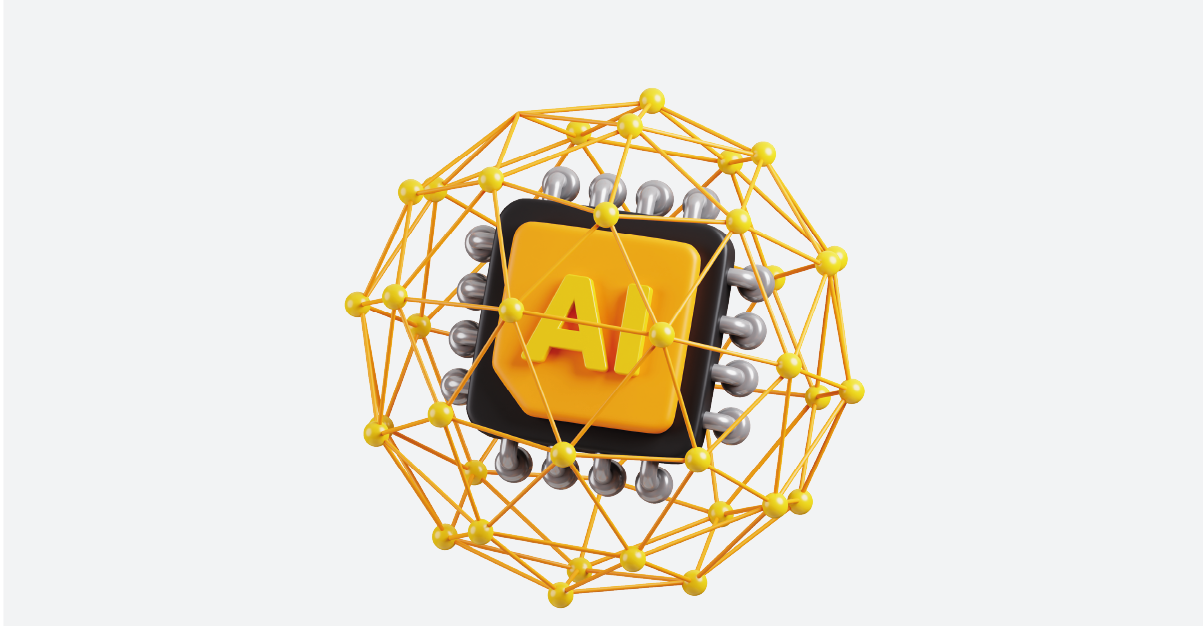In today’s digital age, brands are everywhere. From the billboards we pass on our way to work to the ads on our smartphones, logos are a constant presence. But how do companies track the visibility and impact of their logos? This is where logo detection comes into play. Logo detection is a cutting-edge technology that identifies and analyzes logos in images and videos. It’s a powerful tool for businesses aiming to maximize their brand presence and ensure their logos are seen by the right audience.
What is Logo Detection and What is it Used For?

How Logo Detection Works
Logo detection operates through sophisticated technology, primarily driven by machine learning and artificial intelligence (AI). At its core, it involves training a model to recognize specific logos across various media formats. Here’s a closer look at how it works:
- Machine Learning and AI: These technologies enable the model to learn from vast datasets of images, allowing it to distinguish between different logos with precision.
- Image Processing Techniques: Techniques such as feature extraction and pattern recognition are used to identify logos, even if they are partially obscured or displayed in varying sizes and orientations.
Applications of Logo Detection
Marketing and Advertising
Logo detection has revolutionized how brands approach marketing. By analyzing where and how often a logo appears, companies can gauge the effectiveness of their advertising campaigns. This insight helps in refining strategies and optimizing ad spend.
Social Media Monitoring
In the world of social media, where content is constantly being shared, logo detection helps brands keep track of their mentions. It not only identifies where the logo appears but also assesses the sentiment surrounding these mentions, providing invaluable feedback.
Counterfeit Detection
Counterfeit products are a major concern for many brands. Logo recognition technology can identify unauthorized uses of logos, helping companies protect their brand integrity and take action against counterfeiters.
Sports and Entertainment
In sports and entertainment, logo recognition plays a crucial role in maximizing sponsorships. By identifying where logos appear in broadcasts and live events, brands can ensure they’re getting the visibility they paid for, thus enhancing fan engagement and monetizing sponsorship deals.
E-commerce
For e-commerce platforms, logo detection improves the shopping experience by enabling product recommendations based on visual cues. It also ensures that product listings featuring brand logos are authentic, thus building customer trust.
Benefits
Logo detection offers several benefits, including:
- Increased Brand Awareness: By ensuring consistent visibility of logos across multiple platforms, brands can significantly enhance their presence.
- Improved Marketing Strategies: The insights gained from logo recognition help brands fine-tune their marketing campaigns for better results.
- Enhanced Customer Insights: Understanding where and how logos are used provides deeper insights into customer preferences and behaviors.
Challenges
Despite its advantages, logo recognition isn’t without challenges. These include:
- Image Variations: Logos can appear in various forms, making detection complex.
- Accuracy: Ensuring that the technology accurately identifies logos, even in challenging conditions, is critical.
- Data Handling: Processing and analyzing vast amounts of visual data requires significant computational resources.
Future Trends
The future of logo detection looks promising, with continuous advancements in AI and machine learning. Emerging trends include:
- Improved Accuracy: As algorithms become more sophisticated, the accuracy of logo detection will only improve.
- Real-Time Analysis: The ability to analyze logos in real-time will open up new possibilities for brands in dynamic environments.
Conclusion
Logo detection is more than just a technological innovation; it’s a strategic tool that empowers brands to maximize their presence and protect their identity. As the technology evolves, its applications will continue to expand, offering even more value to businesses. Interested in seeing how logo detection can transform your business? Request a demo from AIM Technologies and discover the future of brand monitoring today.
FAQs
What is the primary purpose of logo recognition?
The primary purpose is to identify and analyze logos in images and videos, helping brands monitor their presence and impact.
How does logo detection benefit businesses?
It helps in optimizing marketing strategies, tracking brand mentions, and protecting against counterfeit products.
Can logo recognition help in combating counterfeit products?
Yes, by identifying unauthorized uses of logos, it aids in detecting counterfeit goods and protecting brand integrity.
What are the technical challenges in implementing logo recognition?
Challenges include dealing with image variations, ensuring accuracy, and managing large volumes of data.
How is logo recognition evolving with advancements in AI?
With ongoing advancements, logo detection is becoming more accurate and capable of real-time analysis, expanding its potential applications.




